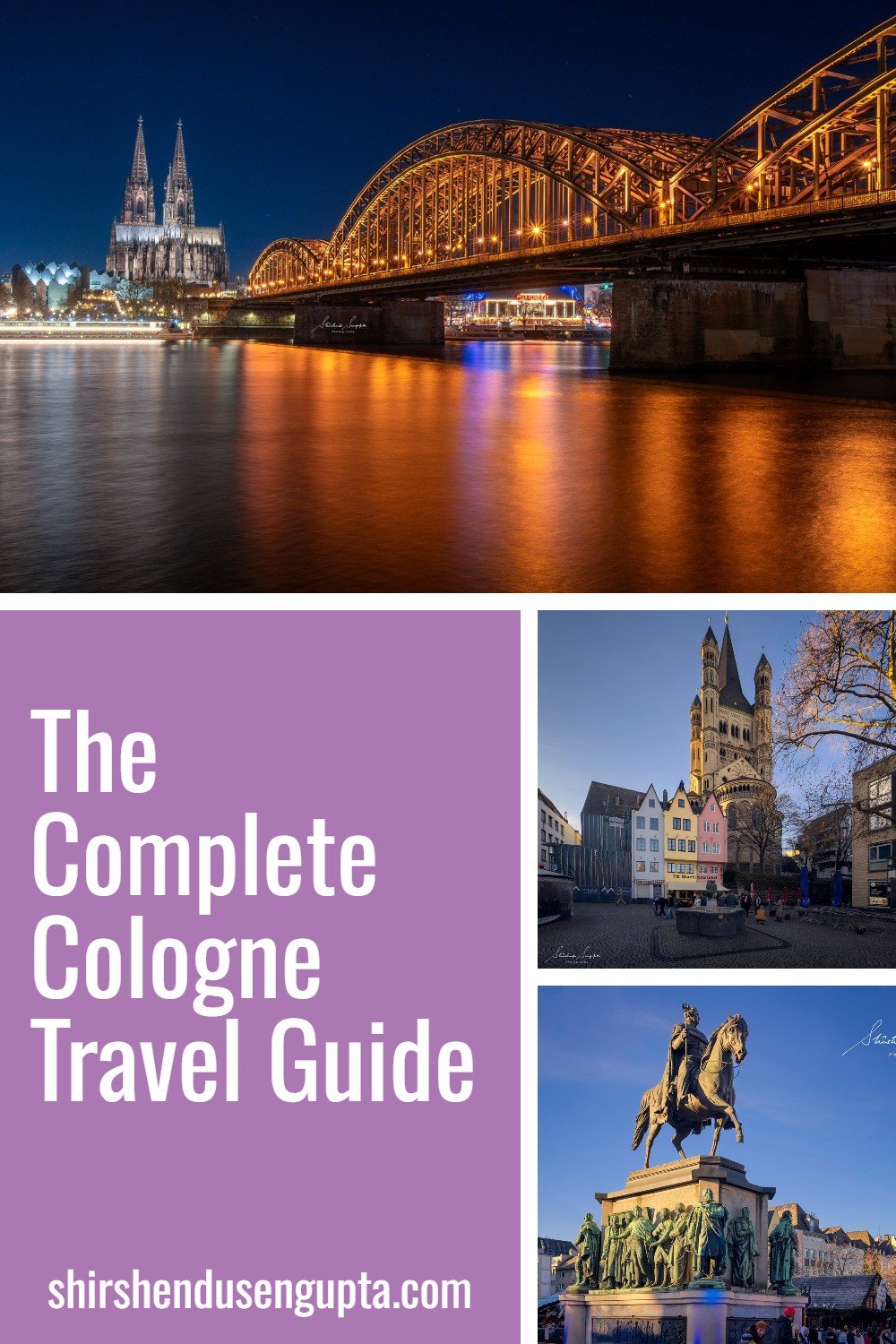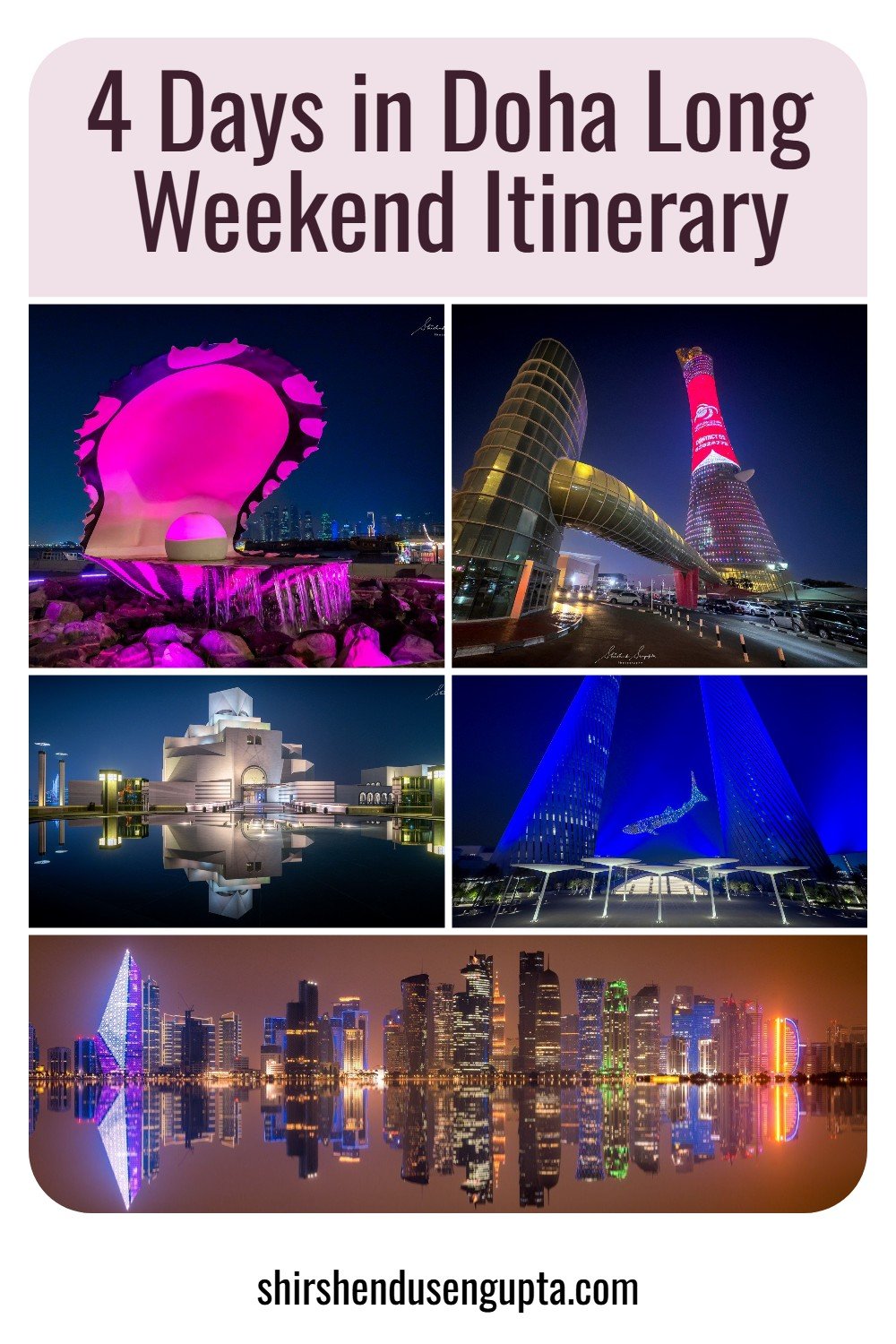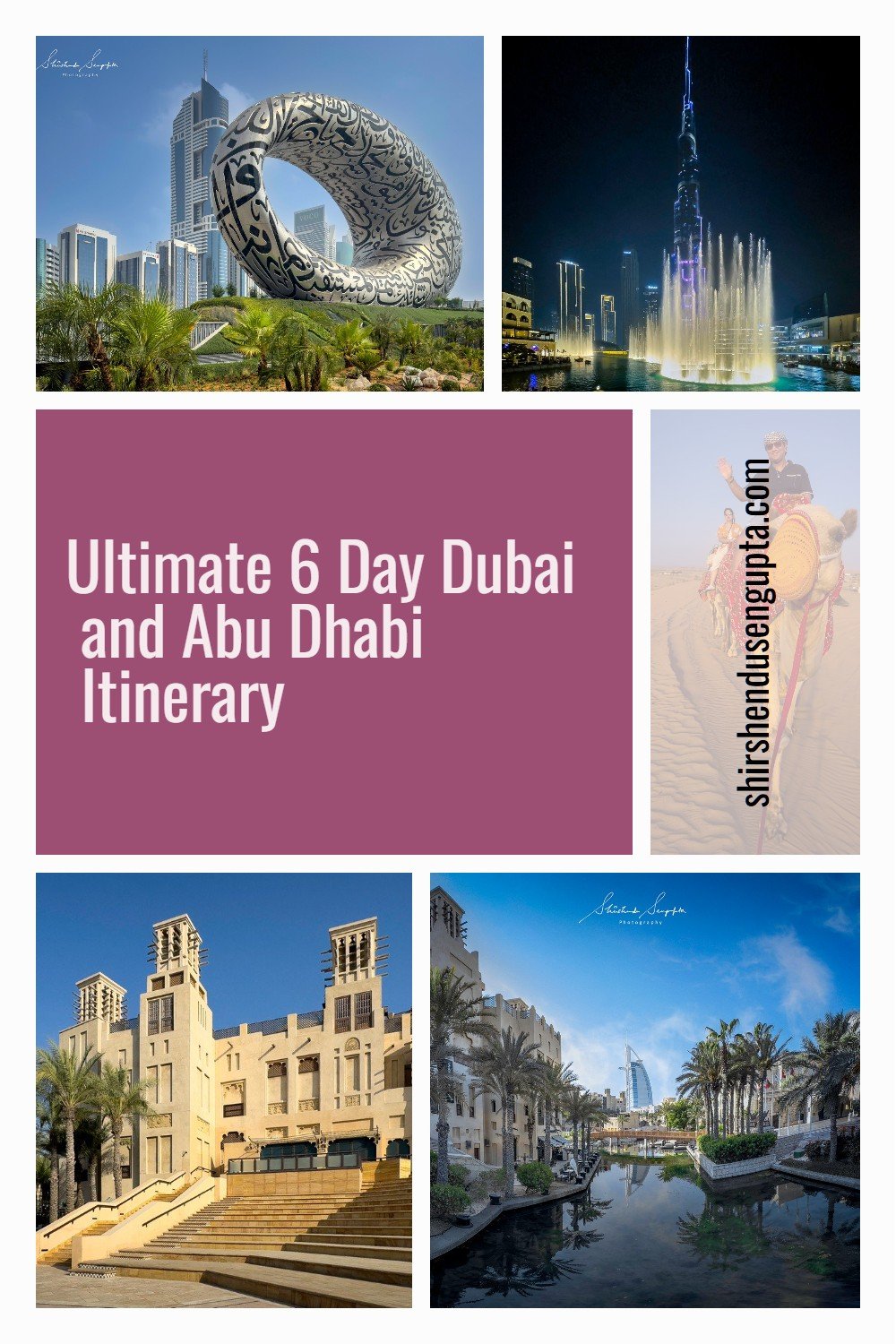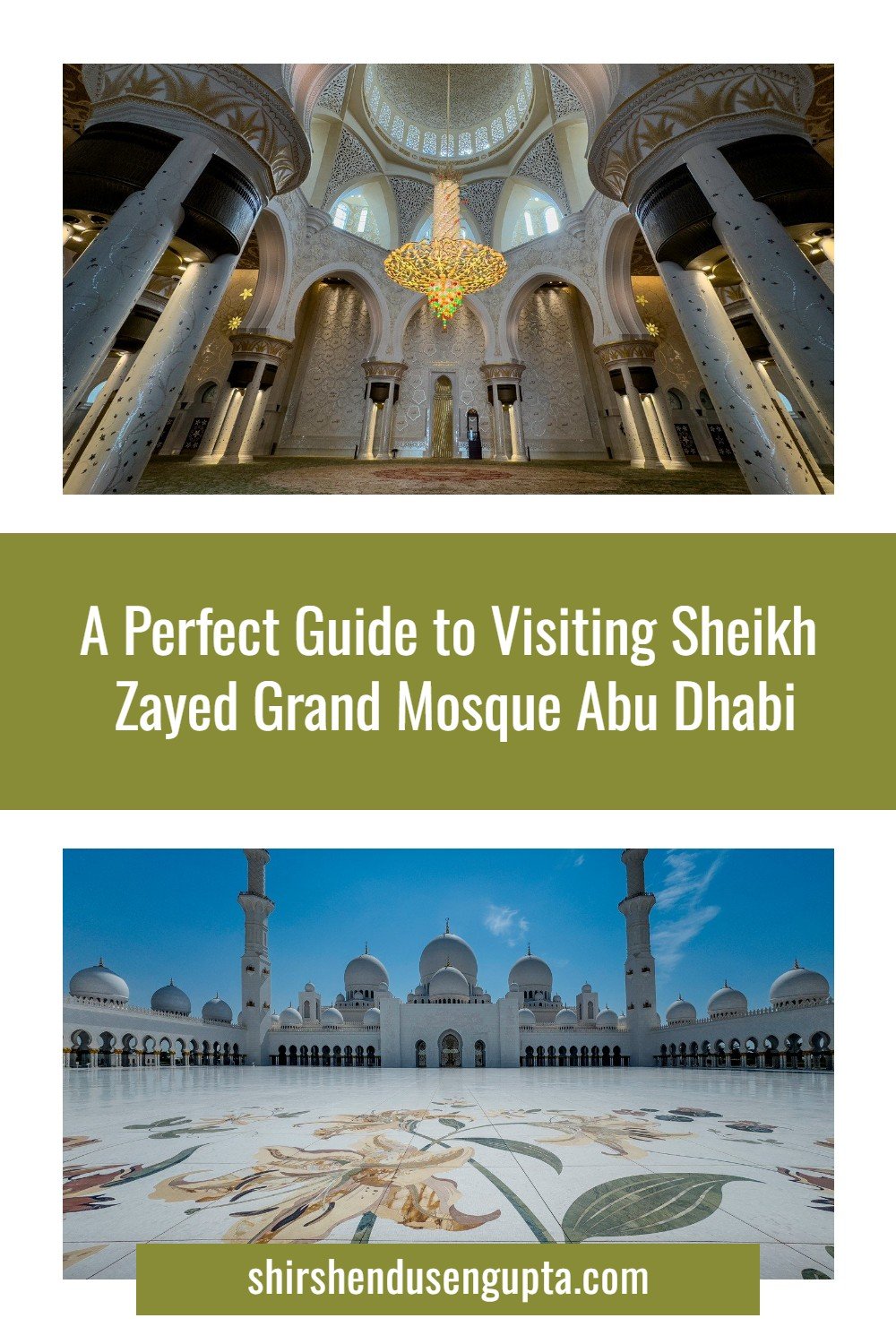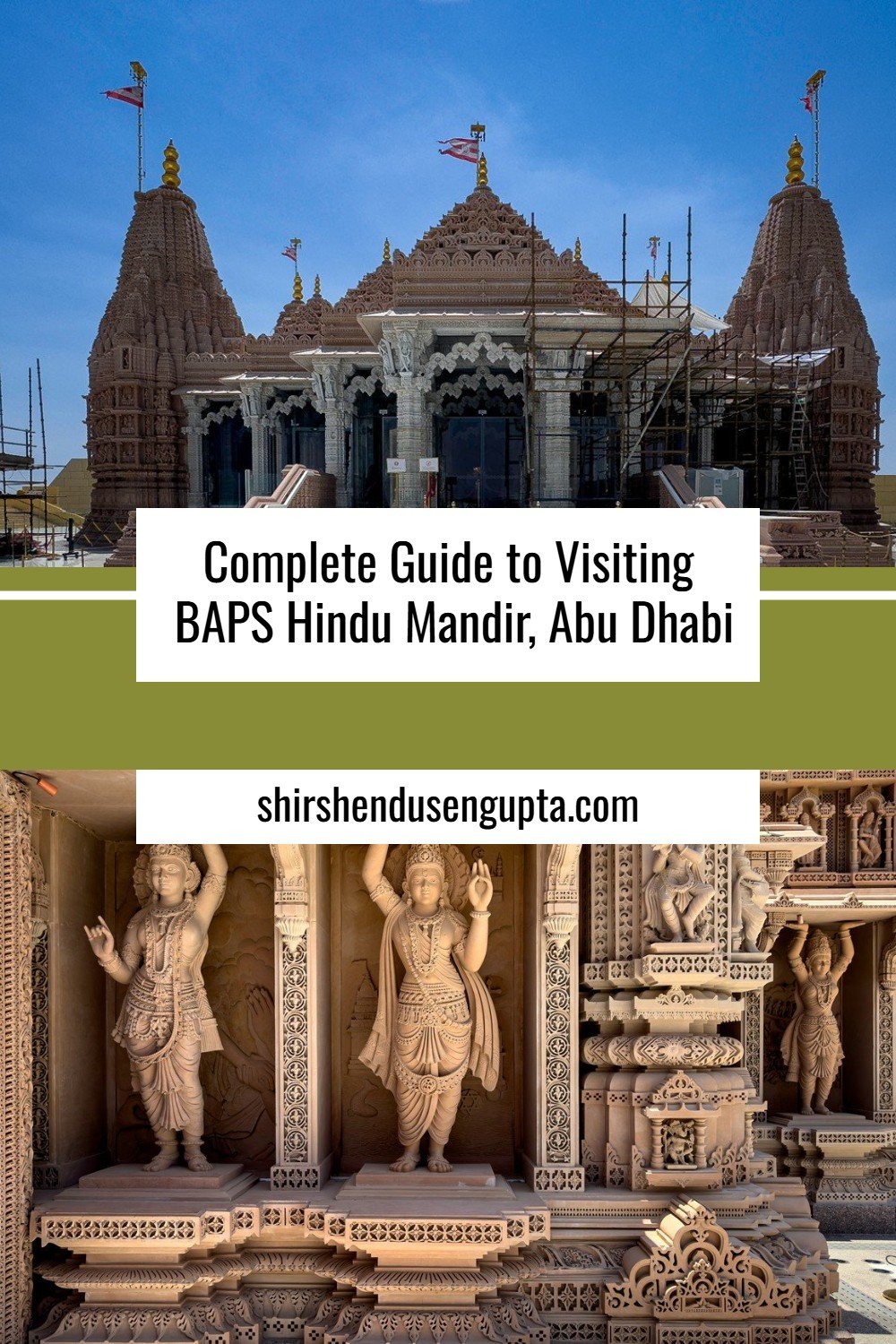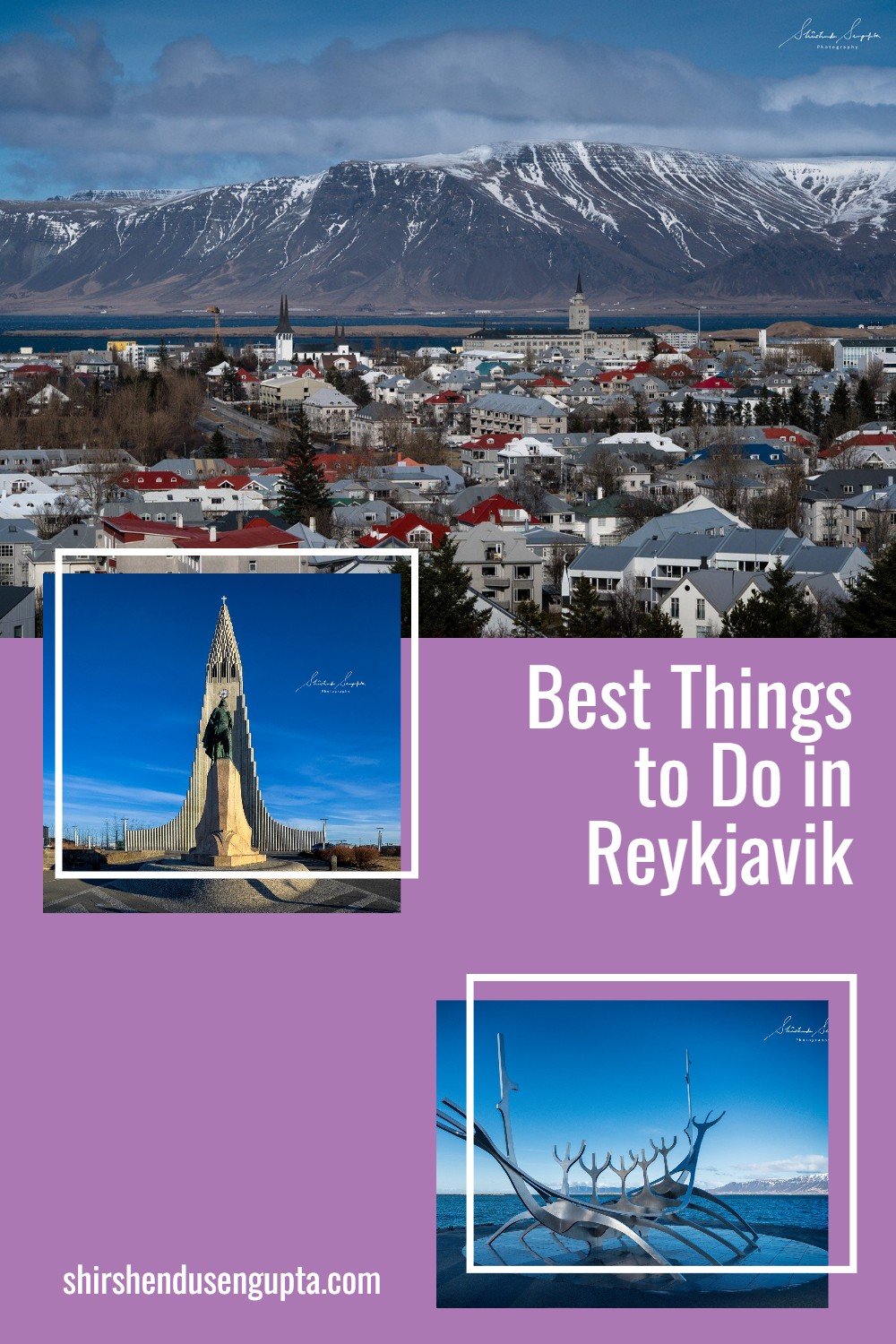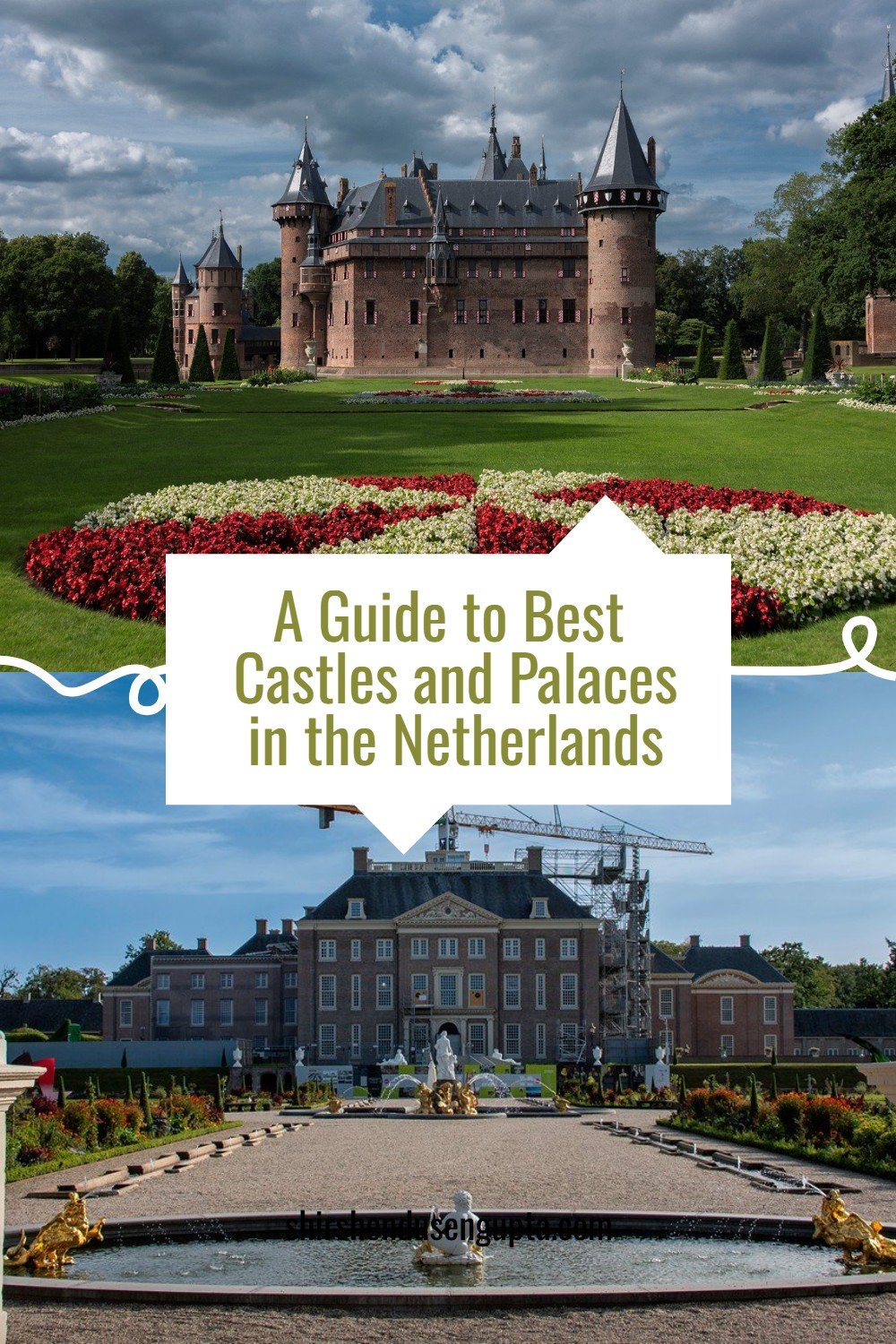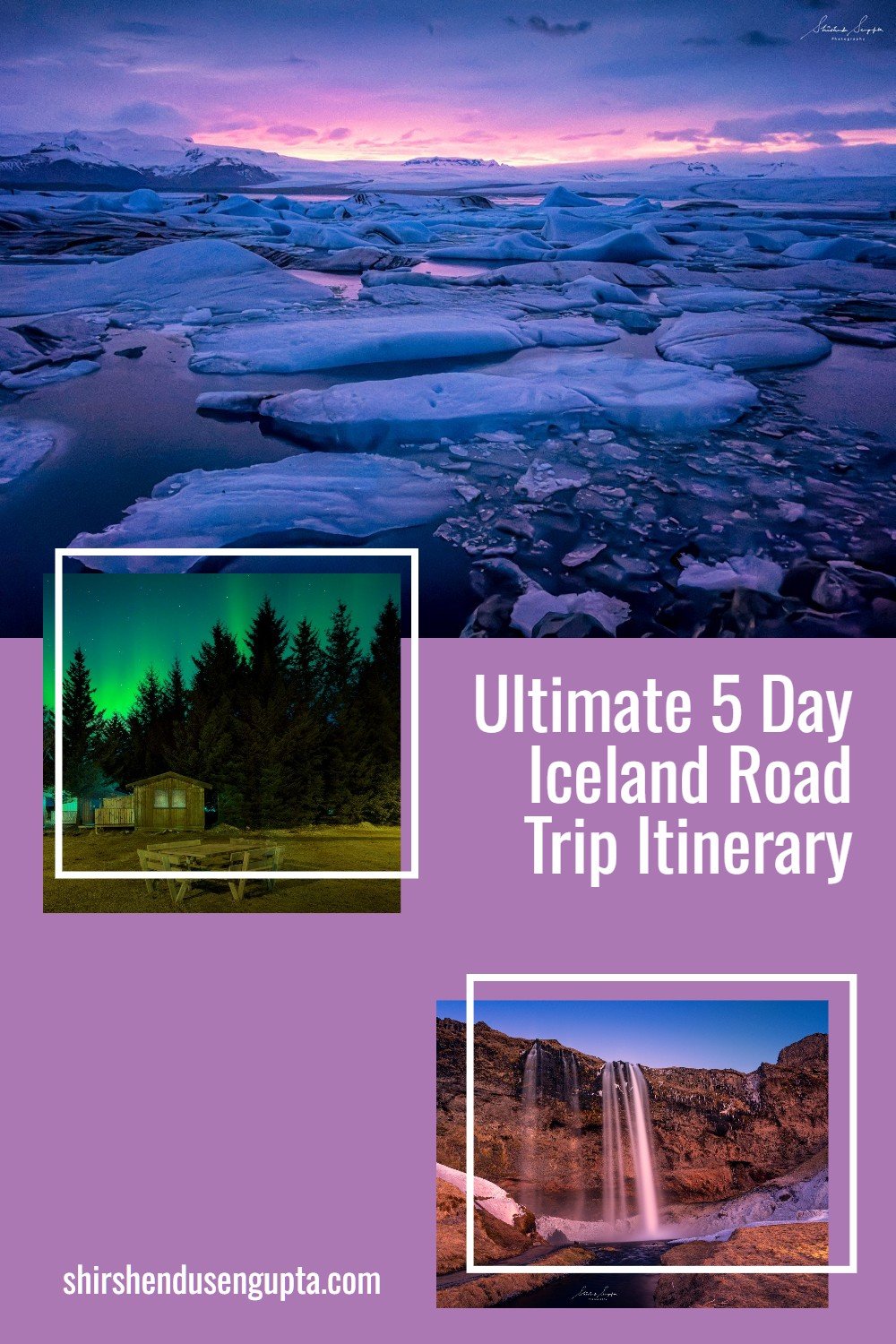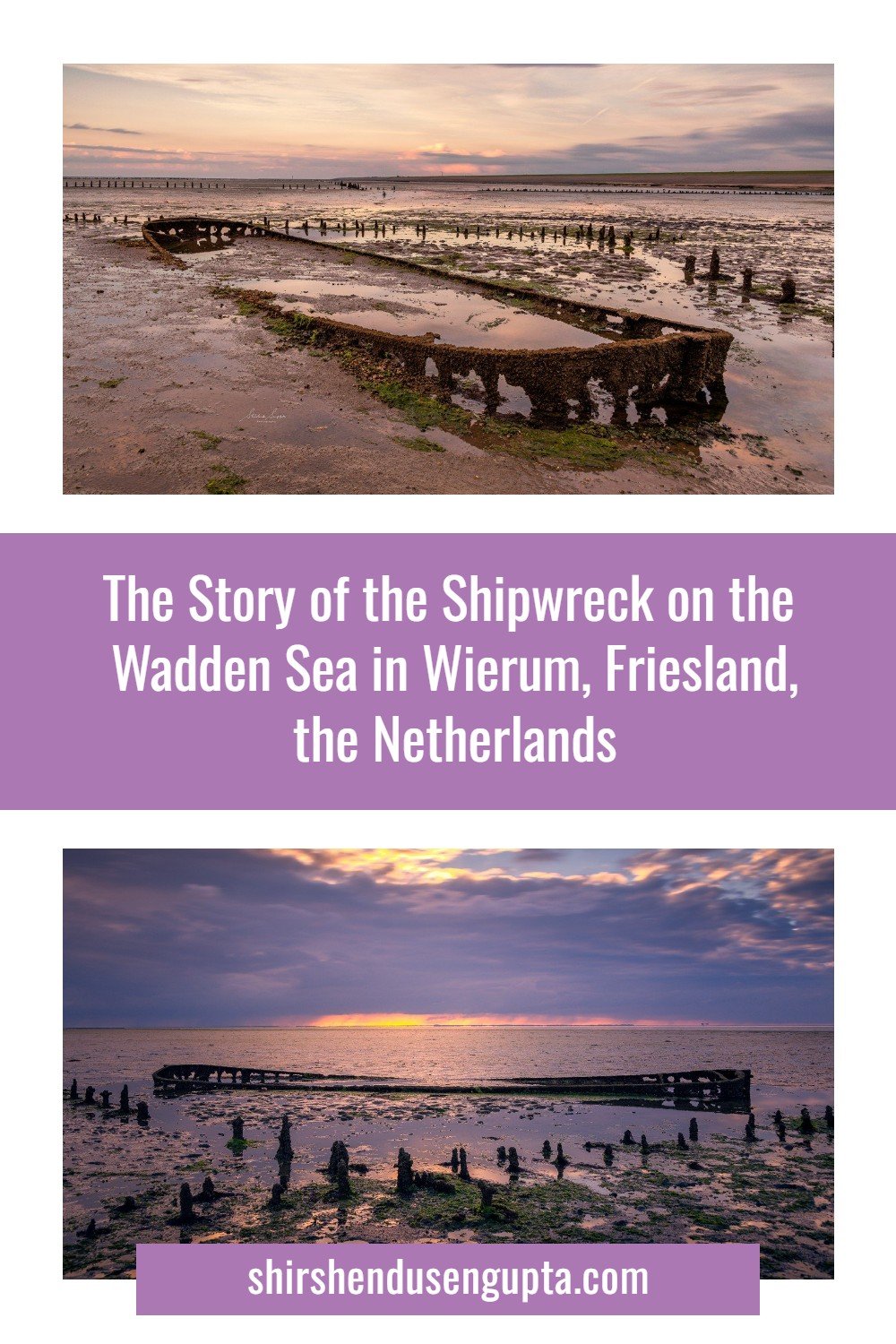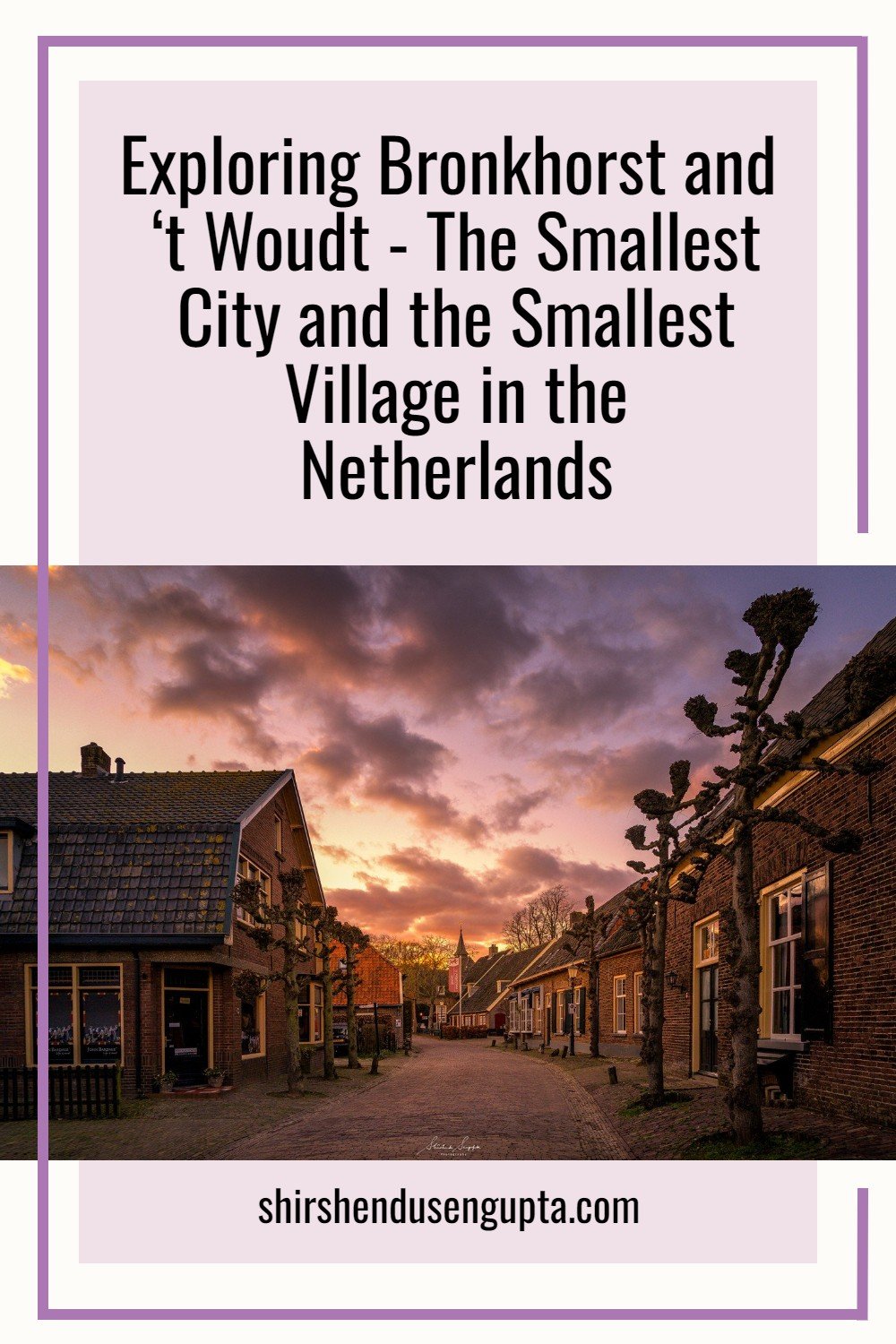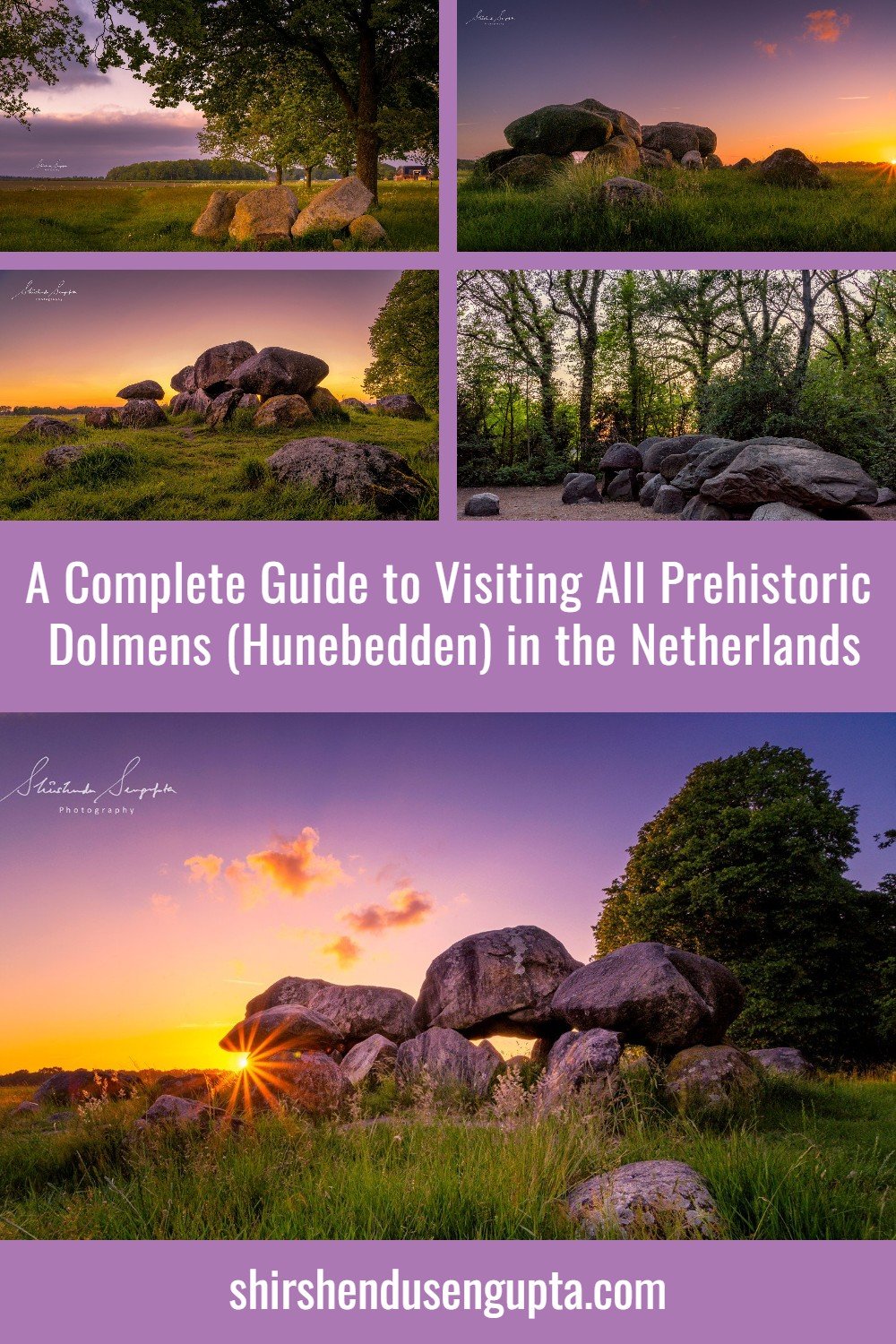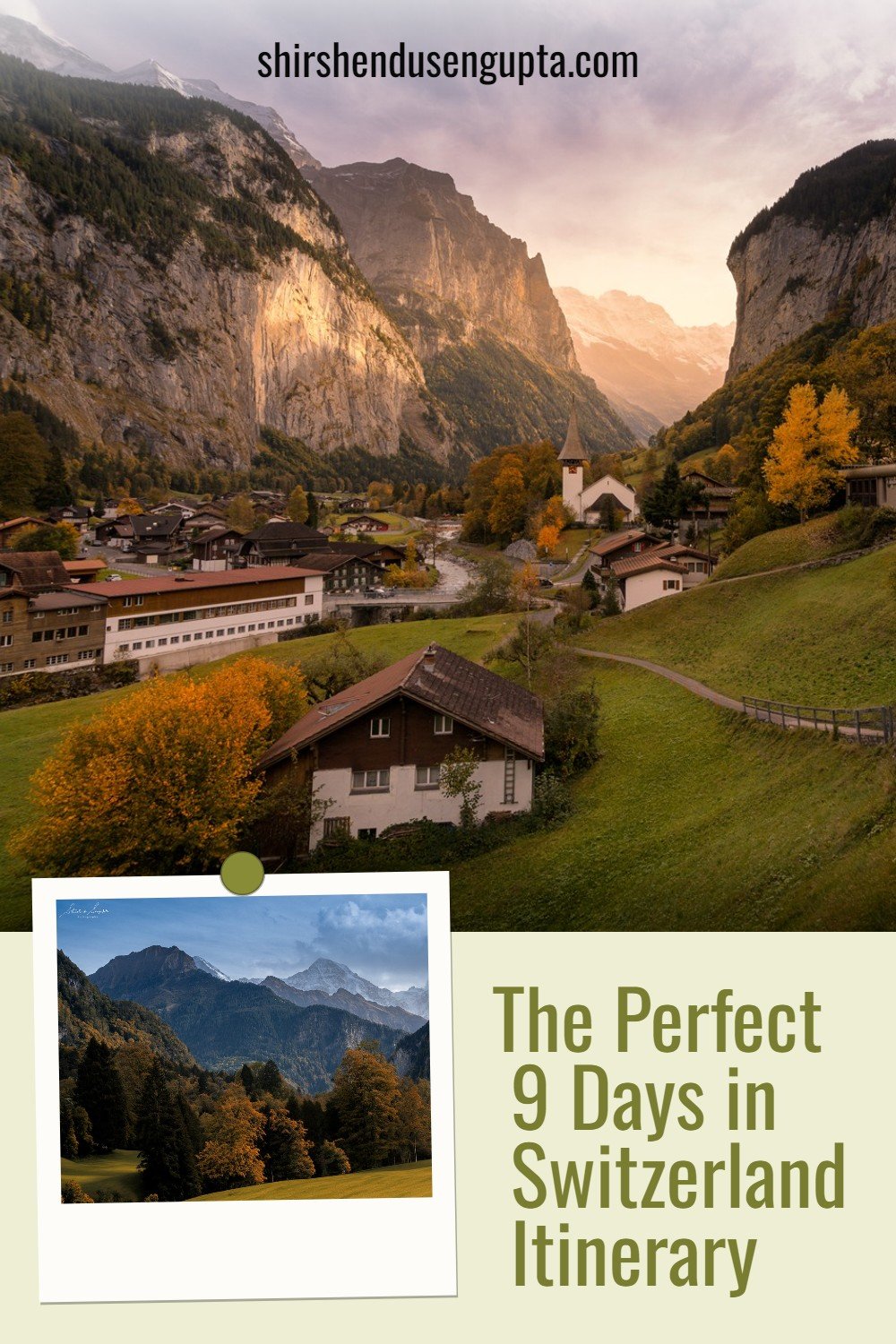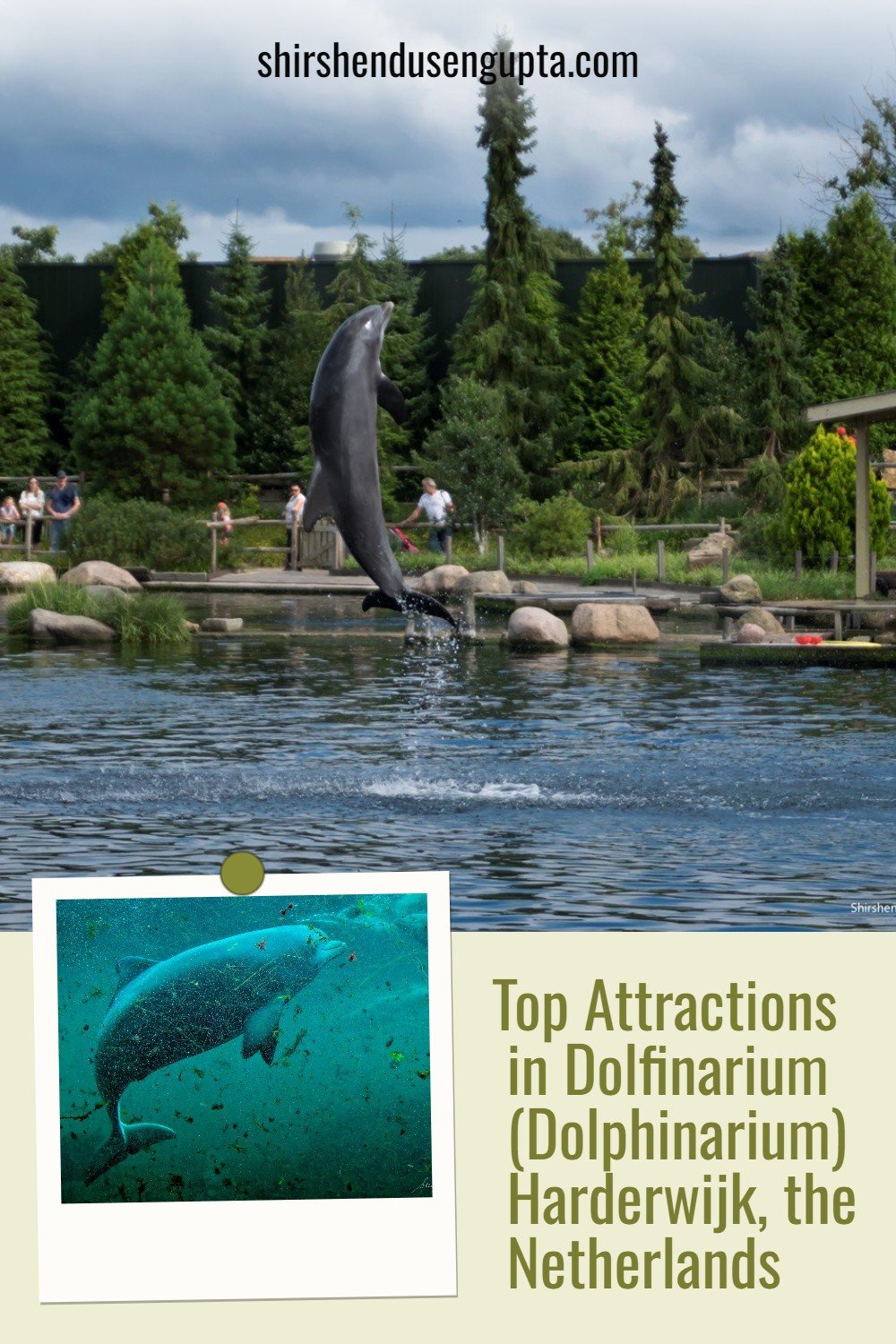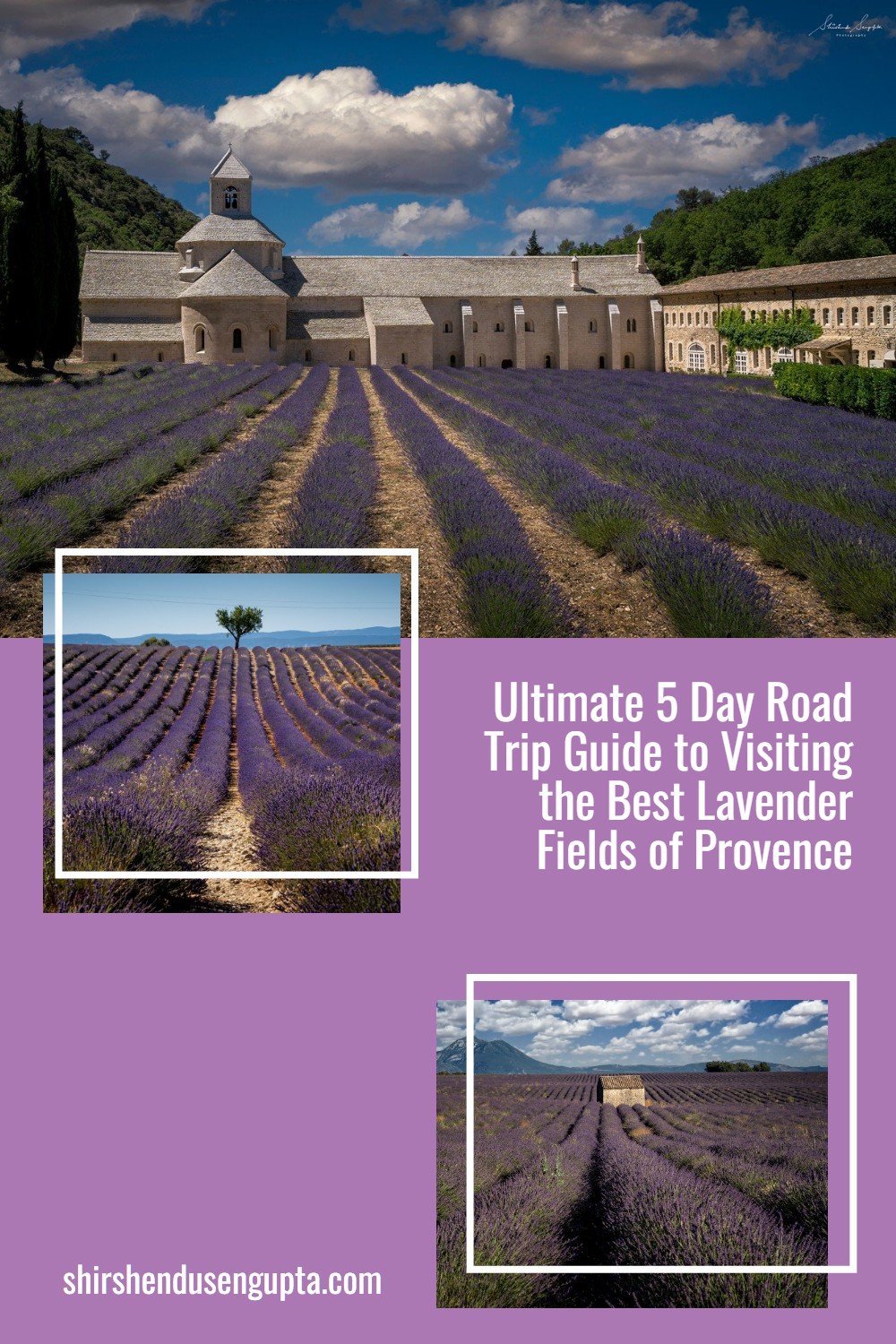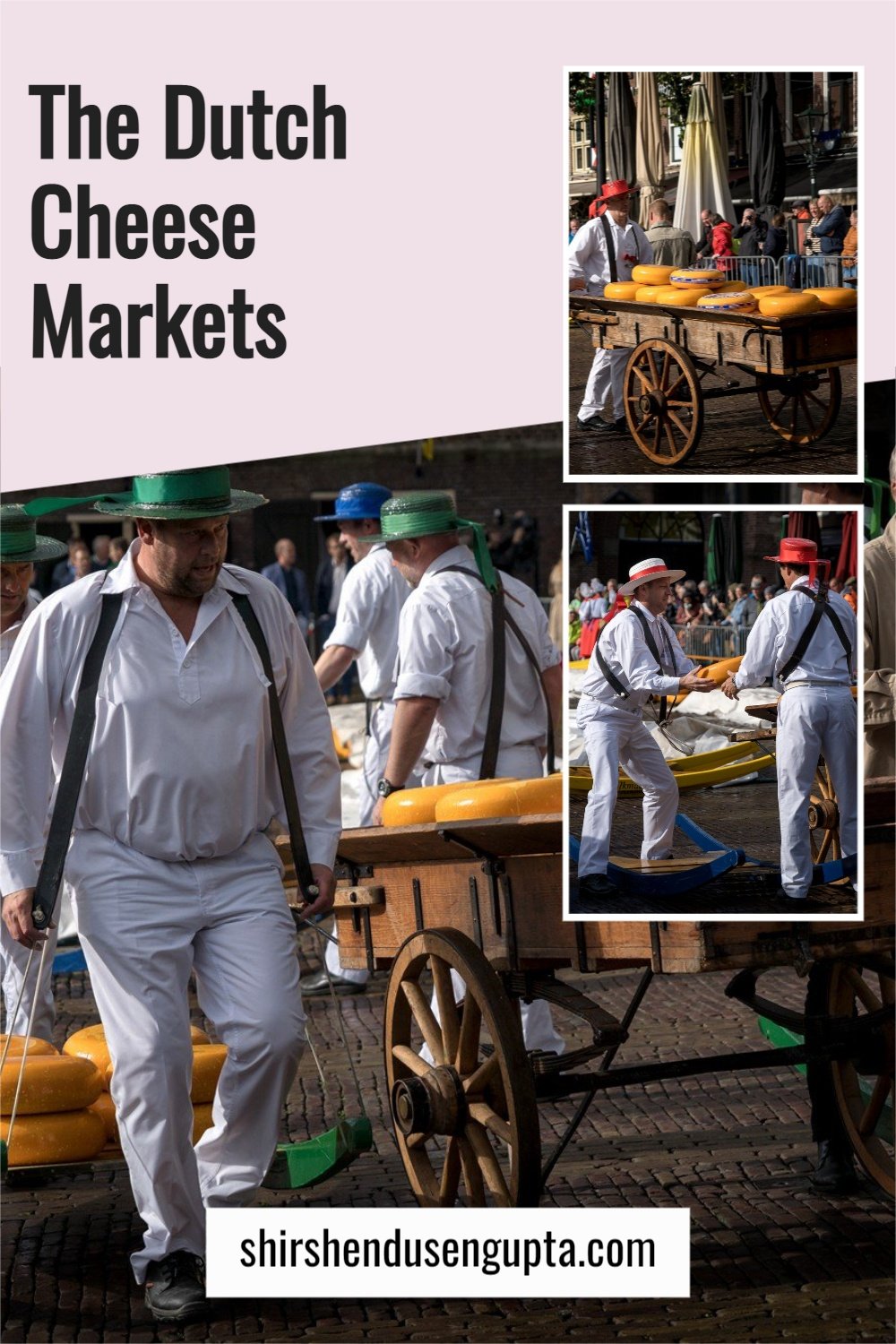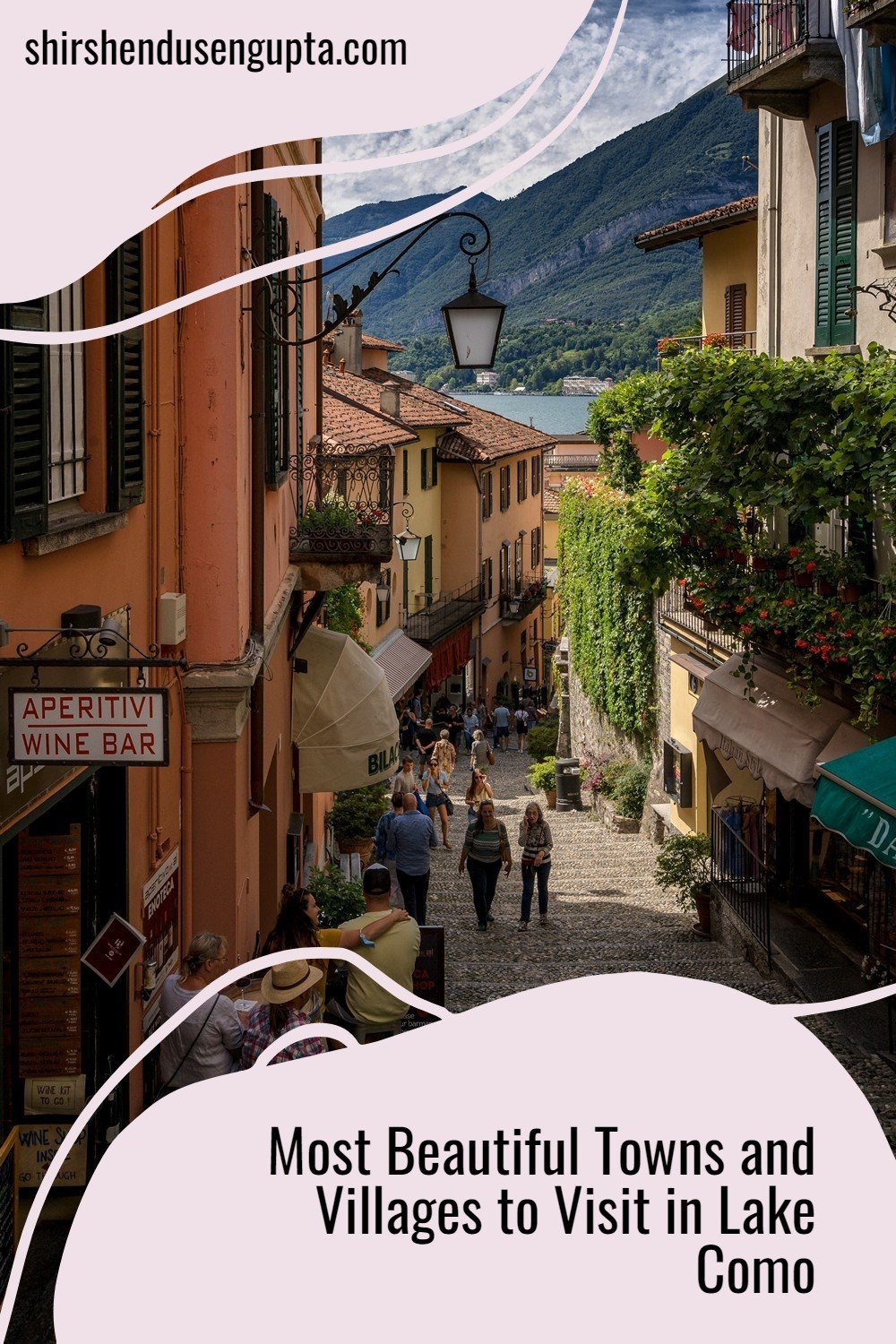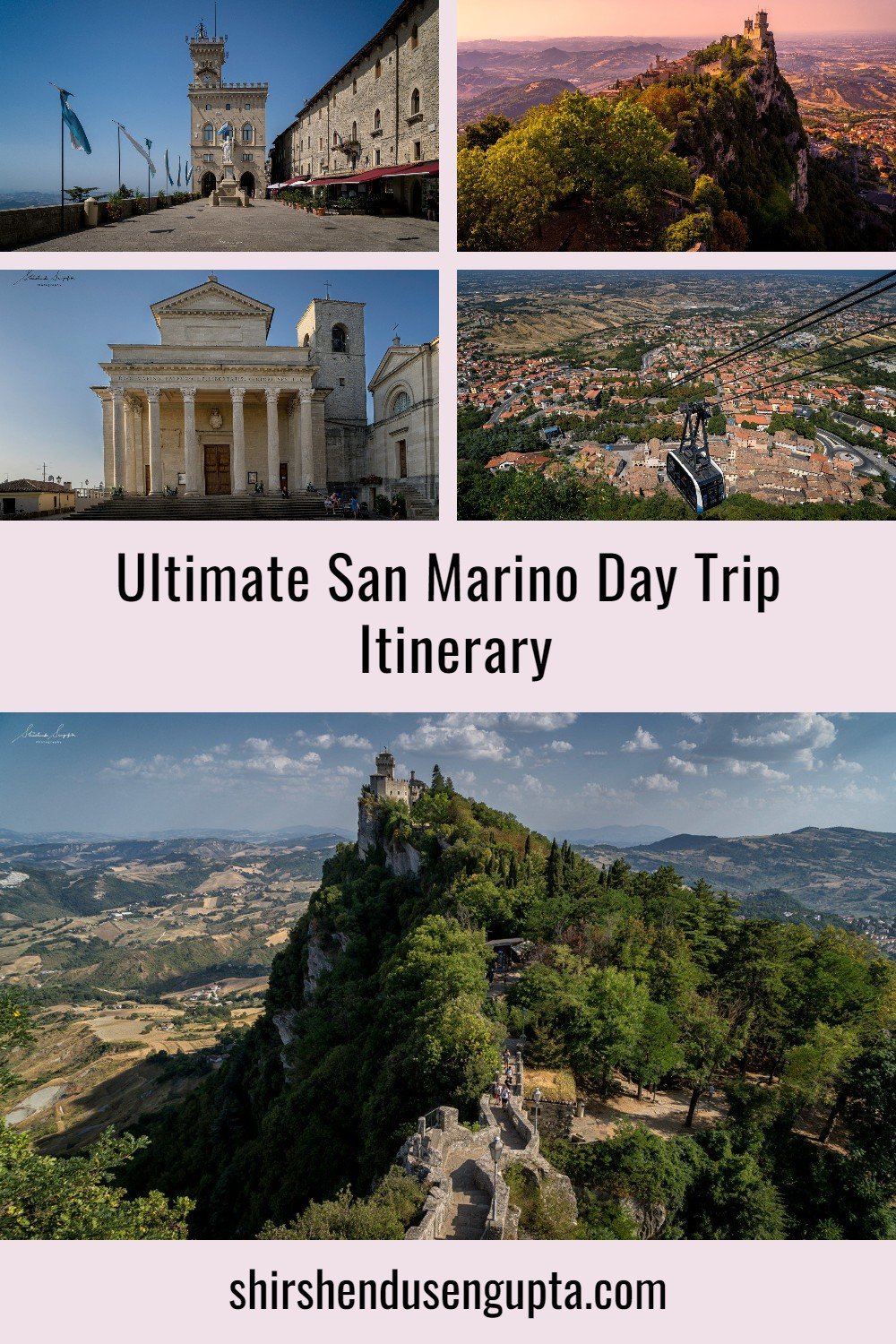The Best of Bulgarian Architecture | Top 3 Architectural Landmark Buildings of Bulgaria
Prologue
During an unforgettable summer, we set off on an ambitious marathon road trip, A Summer in Eastern Europe | An 8000 km Road Trip across Slovenia, Albania, North Macedonia, Kosovo, Bulgaria, Romania, and Slovakia from the Netherlands | Travel Itinerary, Tips, and Tricks. This journey was a thrilling blend of scenic landscapes, hidden villages, winding mountain roads, and sun-soaked coastal towns. Every day brought new discoveries, unexpected encounters, and experiences that truly captured the spirit of adventure. So based on our experience, today I’m going to take you along with me on a ride across the top 3 architectural landmarks of Bulgaria. Let the journey begin!
We also embarked on another adventure named An Easter in Eastern Europe | A 6000 km Road Trip across Poland, Slovakia, Romania, Serbia, Bosnia-Herzegovina, and Austria from the Netherlands. From cobbled medieval squares to winding mountain passes in the Carpathians, and from Orthodox Easter traditions to the warmth of locals welcoming us into their celebrations, each stop offered its own unique surprises and memorable experiences. If you’re curious to follow along on this epic Easter journey, be sure to give it a read as well!
Bulgaria - A Land Steeped in History
Bulgaria, formally the Republic of Bulgaria, Bulgarian Republika Bŭlgariya, is situated in the eastern part of the Balkan Peninsula along the Black Sea just above Greece and Turkey.
Neanderthal remains dating to around 150,000 years back, or the Middle Paleolithic, are several of the earliest human traces on the grounds of modern-day Bulgaria, with Neolithic Karanovo culture from 6,500 BC being the first established society. Between the 6th and the 3rd century BC, the region was a battlefield for Thracians, Persians, Celts, and old Macedonians. Stability arrived when the Roman Empire conquered the area in AD 45. The Eastern Roman, or Byzantine, Empire lost several of these areas to an attacking Bulgar horde in the late 7th century. The Bulgars established the First Bulgarian Empire in AD 681, which dominated most Balkans and considerably influenced Slavic societies by establishing the Cyrillic script. This state fell in the 11th century when Byzantine emperor Basil II overcame and dismantled it. A successful Bulgarian revolt in 1185 developed a Second Bulgarian Empire, which reached its peak under Ivan Asen II (1218 - 1241). After various exhausting battles and feudal quarrels, the Second Bulgarian Empire broke down in 1396, as its territories fell under Ottoman regulation for virtually five centuries. The Russo-Turkish War of 1877 - 78 resulted in the formation of the existing Third Bulgarian State. Numerous ethnic Bulgarian populations were left outside its borders, which led to multiple conflicts with its neighbors and an alliance with Germany in both world wars. In 1946 Bulgaria ended up being a one-party socialist state and part of the Soviet-led Eastern Bloc. The Communist Party renounced its monopoly on power after the transformations of 1989 and allowed multi-party elections. Bulgaria, after that, transitioned into a democracy as well as a market-based economy.
The nation is impressive for its variety of surroundings - its majestic mountains, quaint Black Sea resorts, an east-meets-west mosaic architecture, religious heritage, and cuisine. At the foot of domed Vitosha mountain is its capital city, Sofia, dating to the 5th century BC. With over one million residents, Sofia has three times as many people as the following biggest cities, Plovdiv and Varna. The Bulgarian writer Yordon Radichkov has placed Sofia along the axis of 2 significant global routes: (1) the historical Silk Road that links China and the west and (2) a major natural path of moving birds referred to as the "Grand Route of Aristotle." In Radichkov's words, "The universal core of Bulgaria is to be found at the crossroads of these two routes."
Top 3 Architectural Landmarks of Bulgaria
1. Alexander Nevsky Cathedral, Sofia
The St. Alexander Nevsky Cathedral is a Bulgarian Orthodox basilica in Sofia, the capital of Bulgaria that is the number one of Sofia's icons and key traveler destinations. Integrated with the Neo-Byzantine style, it serves as the sanctuary church of the Patriarch of Bulgaria. Along with being the third-largest Orthodox Cathedral in Southeast Europe, it is one of the leading 50 largest Christian church buildings on the planet and among the top 10 largest Eastern Orthodox church buildings. The St. Alexander Nevsky Cathedral in Sofia inhabits an area of 3,170 square meters (34,100 sq ft) and can hold 5,000 people within. It is a cross-domed basilica including a highlighted central dome. The church's gold-plated dome is 45 m high (148 ft) (46.3 m (152 feet) with the cross), with the belfry getting to 53 meters (174 ft).
The building and construction of the St. Alexander Nevsky Cathedral started in 1882 when the structure rock was laid, but a lot of it was built between 1904 and 1912. Saint Alexander Nevsky was a Russian prince. The cathedral was built in honor of the Russian soldiers who died during the Russo-Turkish War of 1877-1878, which resulted in Bulgaria getting freed from the Ottoman Turk regime. The cathedral was designed by Alexander Pomerantsev, helped by Alexander Smirnov and Alexander Yakovlev. The decor was done by a team of Bulgarian, Russian, Austro-Hungarian as well as other European artists and architects.
2. Saint Nicholas Russian Church, Sofia
The Russian Church formally referred to as the Church of St Nicholas the Miracle-Maker, is a Russian Orthodox church in central Sofia, Bulgaria positioned on Tsar Osvoboditel Boulevard.
The church was improved the site of the Saray Mosque, which was ruined in 1882, after the freedom of Bulgaria by Russia from the Ottoman Empire. It was constructed as the main church of the Russian Embassy, which was located next door. As was the practice for diplomatic churches, the church was named after the patron saint of the Emperor that ruled Russia at the time, Nicholas II of Russia. The church was designed by the Russian engineer Mikhail Preobrazhenski in the design of Russian Revival architecture, with decor motivated by the Russian Muscovite churches of the 17th century. The construction was overseen by the architect A. Smirnov, who was constructing the Alexander Nevsky Cathedral nearby. G. Kislichev did the exterior decoration of multicolored floor tiles, as well as the indoor murals were repainted by a group of musicians led by Vasily Perminov, who also repainted those in Alexander Nevsky Cathedral. The five domes are covered with gold. Emperor Nicholas II contributed the bells. The crypt houses the remains of Saint Archbishop Seraphim. Many believers still go to the grave of the archbishop, who passed away in 1950, to pay homage and make wishes.
Building and construction started in 1907 and the church was consecrated in 1914. The church continued to be open after the Russian Revolution and throughout the Communist period in Bulgaria (1944 - 1989), though the State Security police thoroughly kept an eye on the priests and church-goers.
3. Rila Monastery, Rila
The Monastery of Saint Ivan of Rila (876 - 946 AD), better known as the Rila Monastery, is Bulgaria's largest and most well-known Eastern Orthodox monastery. It is located in the Rila Mountains, 117 km south of the capital Sofia, in the deep valley of the Rilska (Rila) River at an altitude of 1,147 m (3,763 ft) above water level, inside the Rila Monastery Nature Park. Founded in the 10th century, the Rila Monastery is considered one of Bulgaria's essential architectural, historical, and cultural buildings. It draws around 900,000 visitors annually. The abbey is portrayed on the opposite of the 1 lev banknote, provided in 1999.
It is generally assumed that the abbey was founded by the hermit St. Ivan of the Rila, during the rule of Tsar Peter I (927-968). The hermit stayed in a cavern with no material properties, not far from the monastery's area. At the same time, the complex was constructed by his trainees, who stayed in the hills while receiving their education and learning. Ever since its existence, the Rila Monastery has received widespread patronage from Bulgarian rulers and citizens. making the monastery a social and spiritual center of Bulgarian national consciousness that reached its pinnacle from the 12th to the 14th century. Nonetheless, the arrival of the Ottomans in the 14th century brought about the destruction of the monastery in the middle of the 15th century. Thanks to contributions by the Sultana Mara Branković, the Russian Orthodox Church, and the Rossikon monastery of Mount Athos, the Rila Monastery was restored in the 15th century by three brothers from the region of Dupnica. The complex served as a depository of the Bulgarian language and also society during the ages of foreign rule. During the Bulgarian National Revival (18th-19th century), it was ruined by fire in 1833 and then rebuilt between 1834 and 1862 with the help of wealthy Bulgarians from the entire nation, under the well-known designer Alexi Rivets. The erection of the household buildings began in 1816, while a belfry was added to the Tower of Hrelyu in 1844. The monastery is referred to as being among the hideouts of Bulgarian revolutionaries such as Vassil Levski, Gotse Delchev, Peyo Yavorov, etc. The monastery facility, considered one of the foremost works of the Bulgarian National Revival style arts, was declared a nationwide historical monument in 1976 and became a UNESCO World Heritage Site in 1983.
Visiting Bulgaria
Best Time to Visit: Late spring (May to June) and early autumn (September to October) are the ideal seasons to travel to Bulgaria. There are few tourists, lovely scenery, and pleasant weather during these times. Though it might be hot and congested, summer (July to August) is very popular, particularly for Black Sea coastal districts. We traveled to Bulgaria in July and the weather was quite enjoyable.
Number of Days to Stay: A stay of seven to ten days is recommended for a thorough exploration of Bulgaria. This gives ample time to see popular sights including Sofia, Plovdiv, the Black Sea coast, the Rila Monastery, and a few lesser-known locations. But if you do not have enough time in hand to explore Bulgaria in this detail, you can do Sofia and Rila Monastery in two to three days.
Best Place to Stay: The capital city of Sofia is the best place to stay because it has a lot of historical landmarks, cultural attractions, and a lively nightlife. You can also choose to live in Plovdiv which’s renowned for its thriving artistic scene, quaint ancient town, and well-preserved Roman remains. If you plan to visit the Black Sea beaches, you can stay in Varna or Burgas, two coastal cities. We stayed in Sofia since we planned to only explore Sofia and Rila Monastery.
Best Way to Arrive: The best way to get to Bulgaria is by plane via the Sofia Airport which is the primary international airport, with flights to numerous places throughout Europe. Additional airports are Burgas Airport, Varna Airport, and Plovdiv Airport. Bulgaria has train connections to Greece, Serbia, Romania, and other nearby nations. Bulgaria is also connected to numerous European cities by international busses. Traveling by car from nearby nations to Bulgaria is another alternative. The road system is well-developed, and having a car gives you more freedom to visit remote locations and rural areas. We drove into Bulgaria from North Macedonia driving over Greece.
Best Local Mode of Conveyance: The most dependable local mode of transportation in Bulgaria is public transportation, which includes buses, trams, and metro services in bigger cities like Sofia. Taxis are reasonably priced and easily accessible. Use authorized taxis, make sure the meter is working, and settle on a fare in advance. If you intend to visit rural areas and less accessible sights, renting a car is a great way to see Bulgaria at your own leisure. With pedestrian-friendly zones and beautiful paths, walking is a great way to explore local sights in towns like Sofia and Plovdiv.
Epilogue
So that brings us to the end of our journey across the top 3 architectural landmarks of Bulgaria. Please let us know in the comments below if you enjoyed reading this article.
If you wish to read the day-by-day account of our complete 8000 km road run across Eastern Europe during the summer, please visit our article A Summer in Eastern Europe | An 8000 km Road Trip across Slovenia, Albania, North Macedonia, Kosovo, Bulgaria, Romania, and Slovakia from the Netherlands | Travel Itinerary, Tips, and Tricks. And if you’re curious to follow along on our other epic adventure, An Easter in Eastern Europe | A 6000 km Road Trip across Poland, Slovakia, Romania, Serbia, Bosnia-Herzegovina, and Austria from the Netherlands, be sure to give it a read as well. Until then, merry traveling and happy shooting!
Pin the article
Bookmark the article for reading later!
Want to license/buy photos in the article?
License photos for commercial/editorial use or buy photo prints!
Want us to write an article for you?
Articles for magazines, newspapers, and websites!
Watch our Videos
Check out our videos on our Youtube Channel!
Join the Newsletter
Get updates on our latest articles!
We respect your privacy. Read our policy here.












